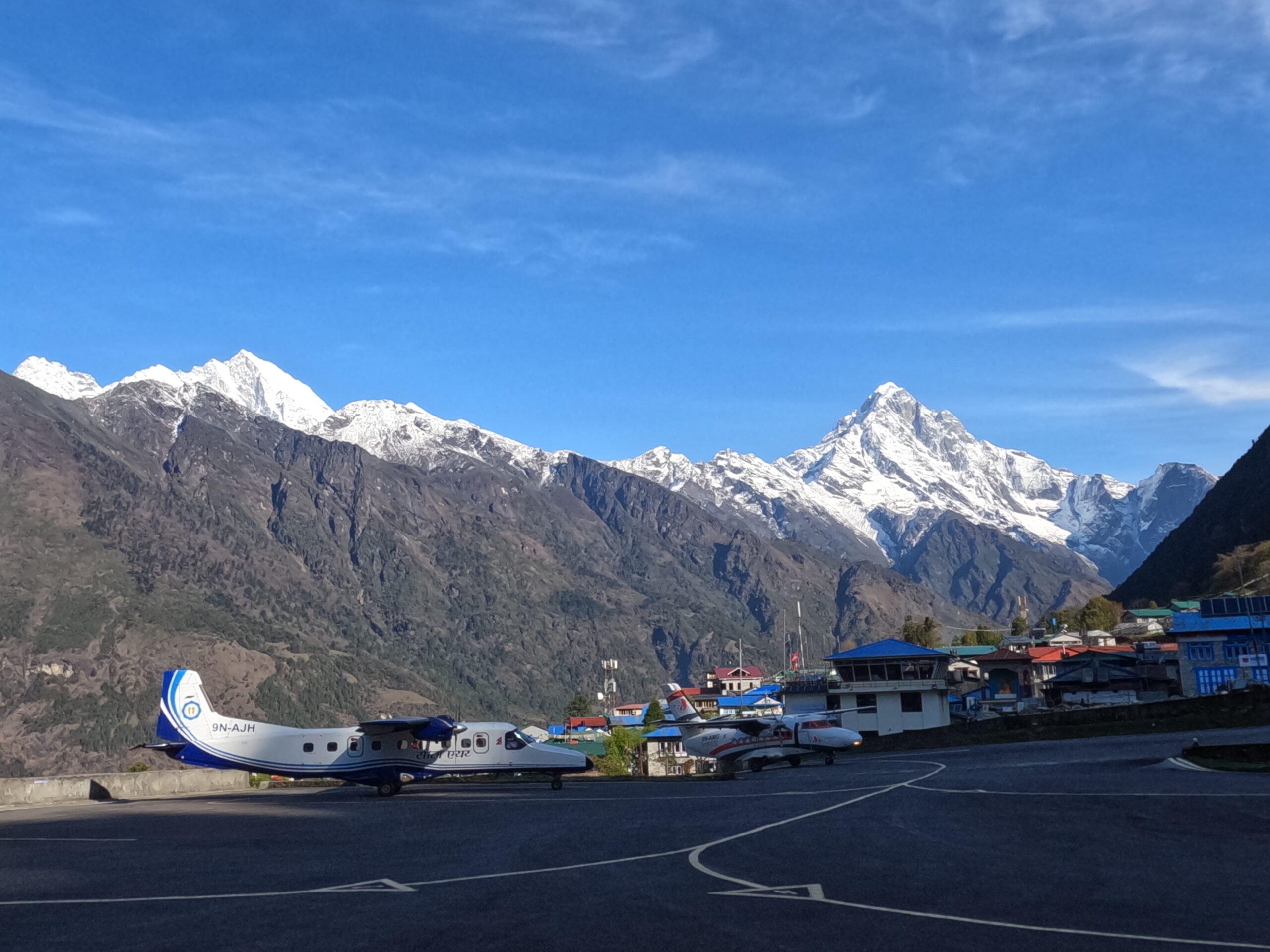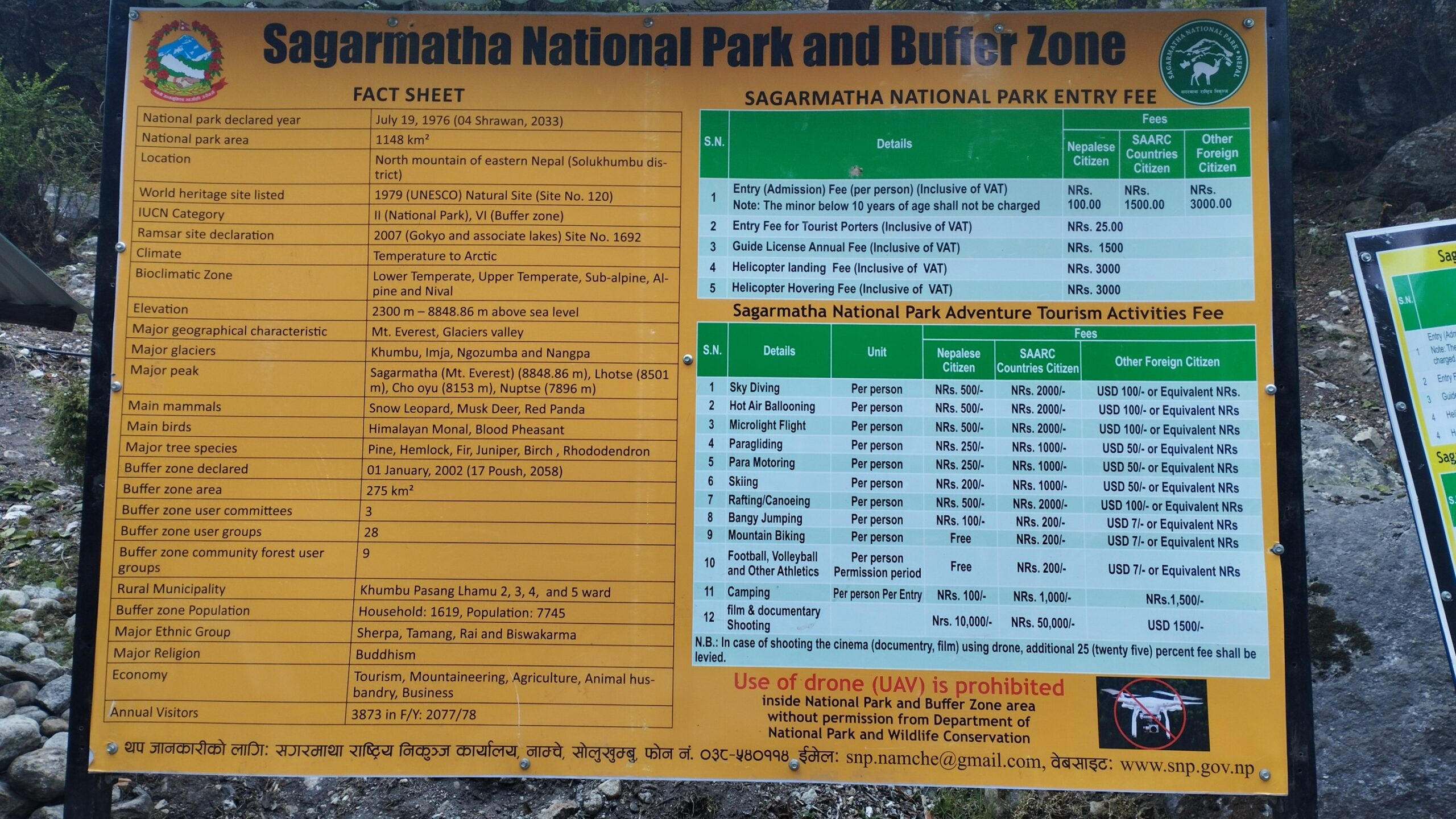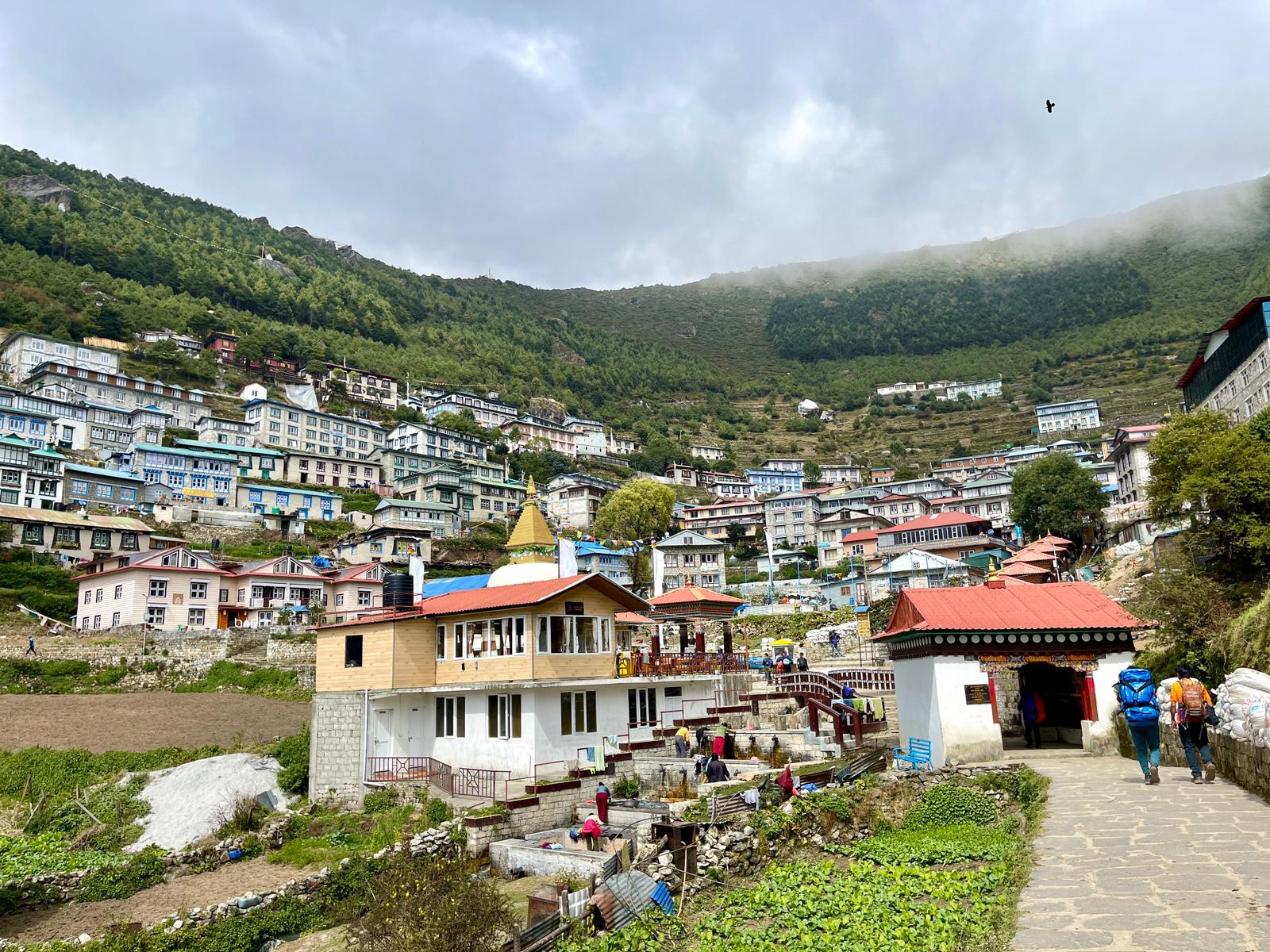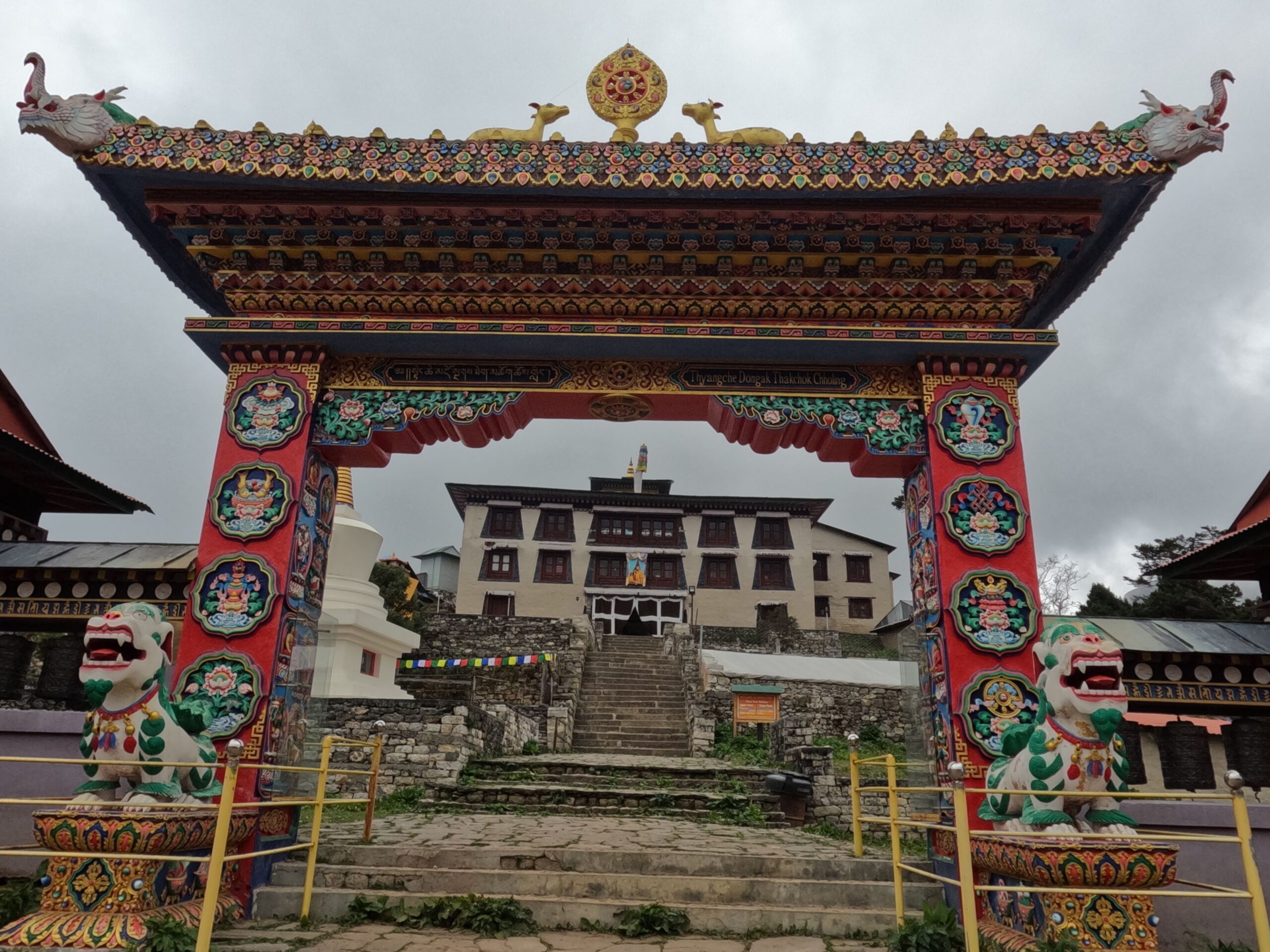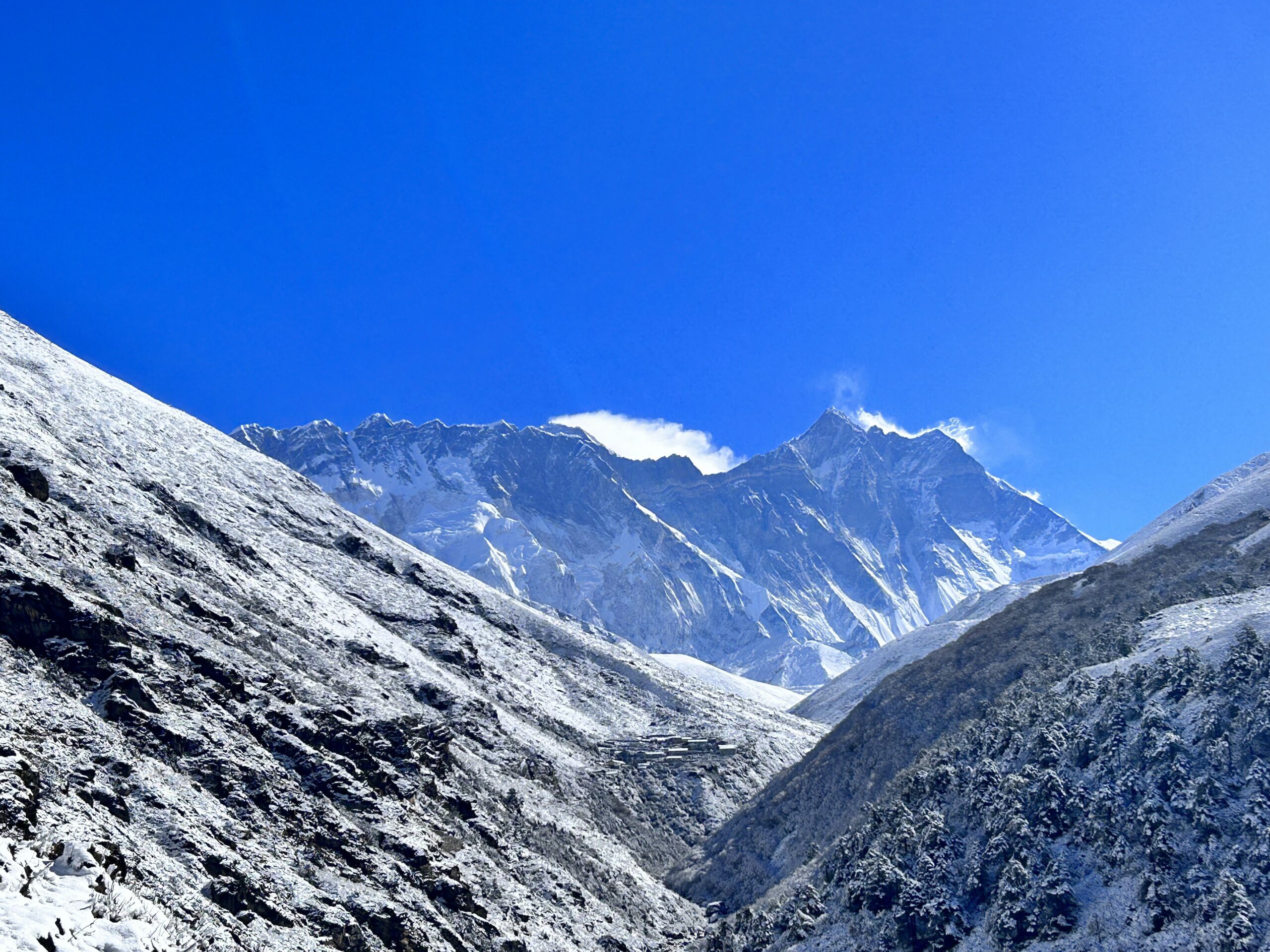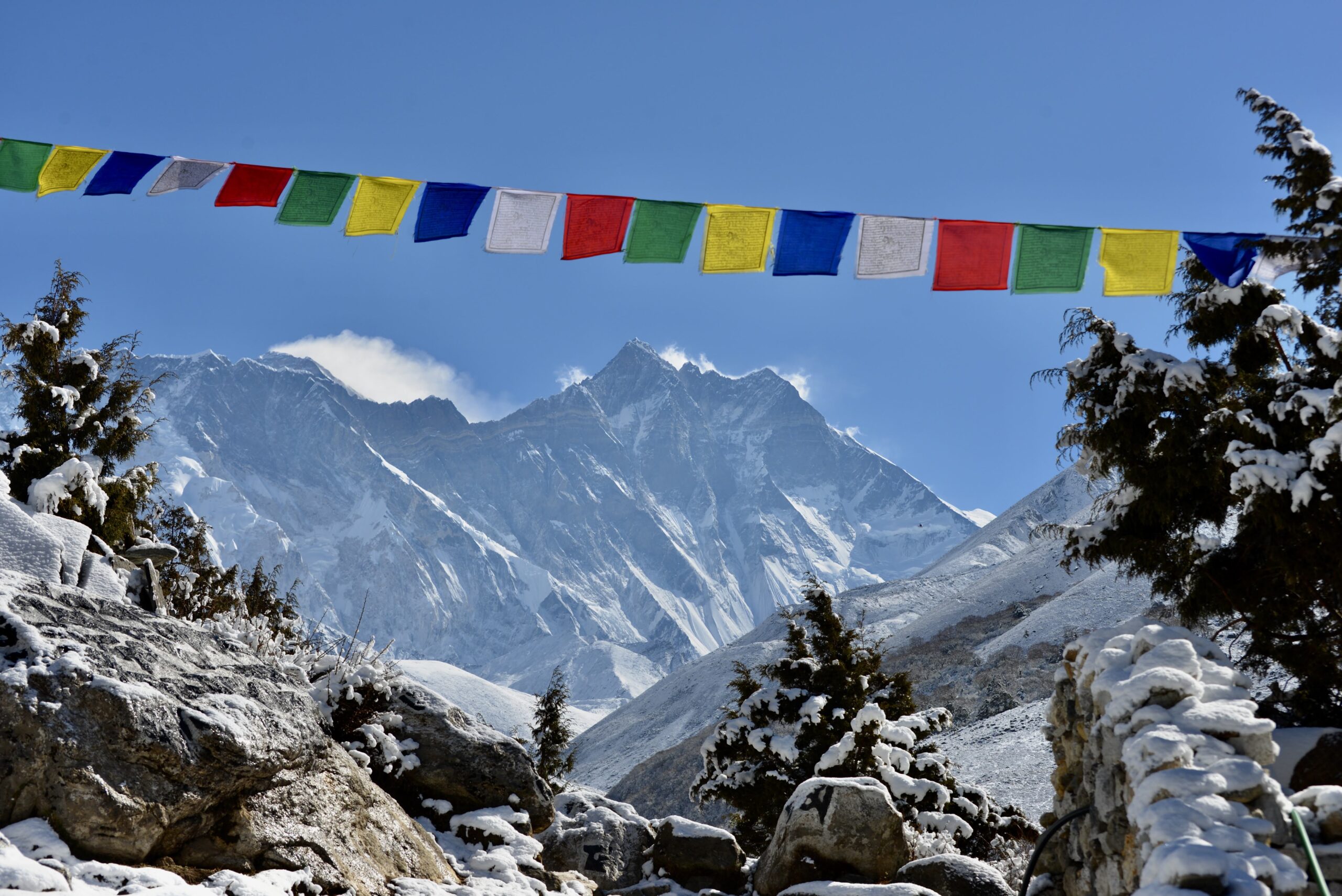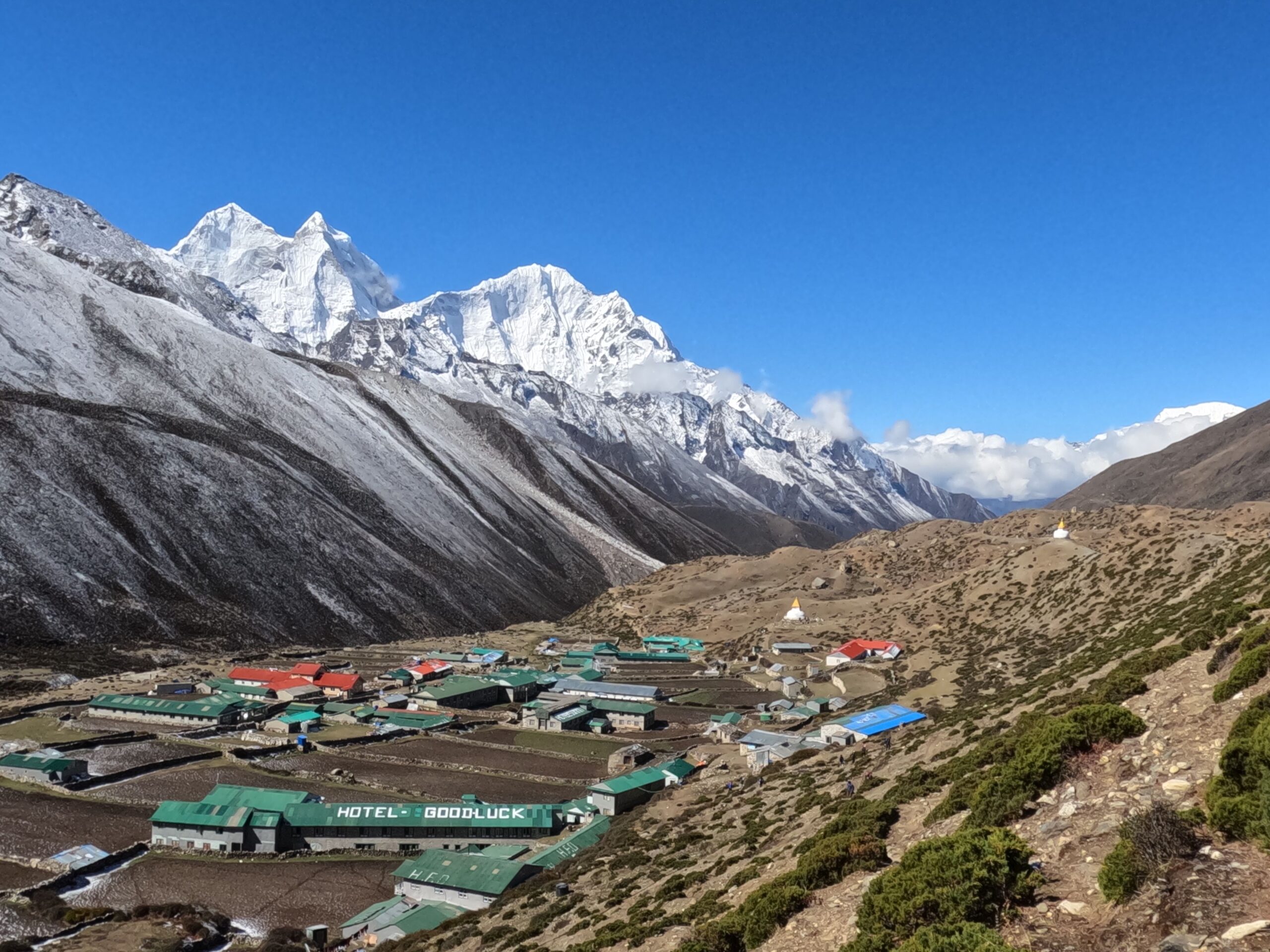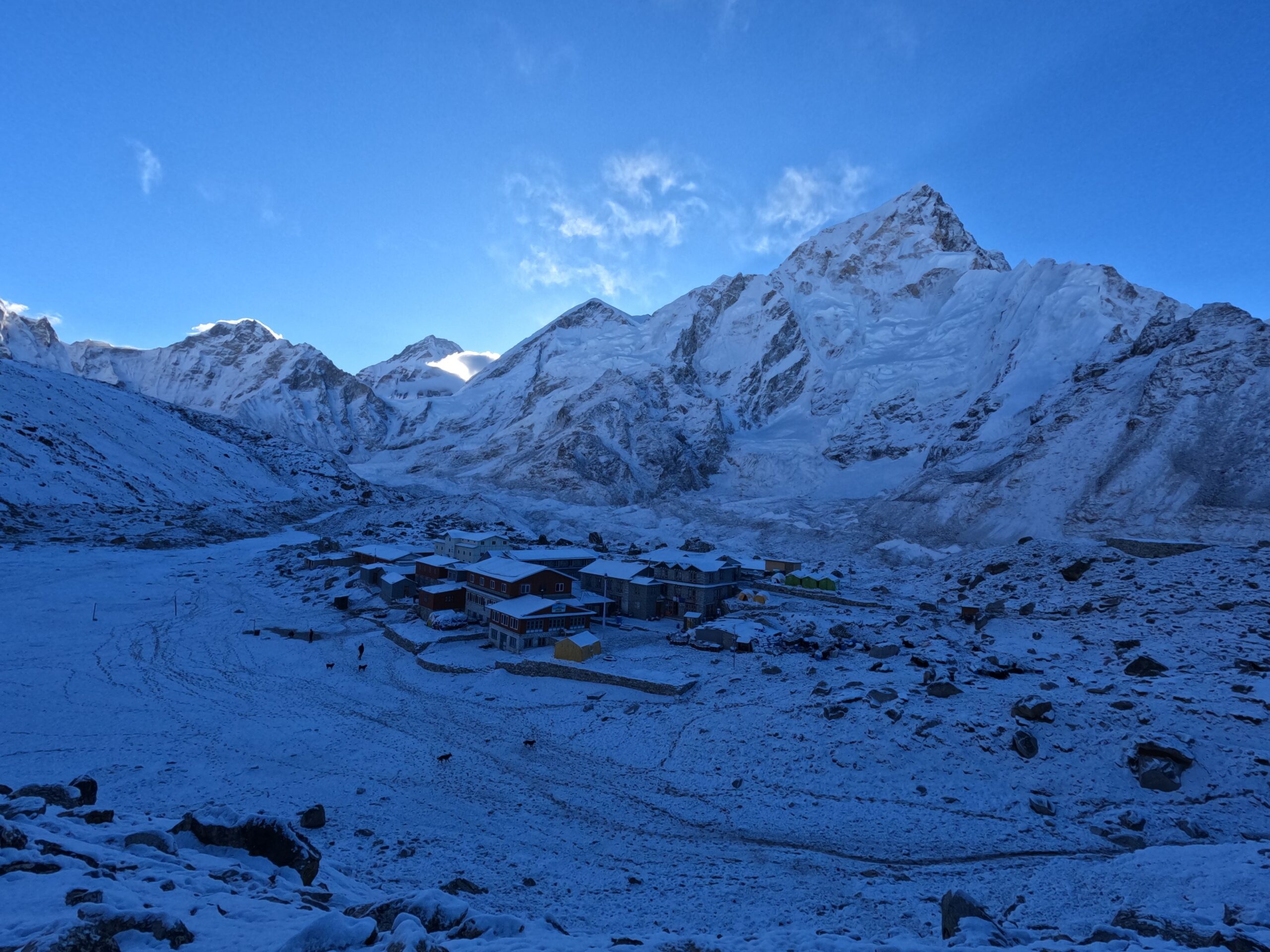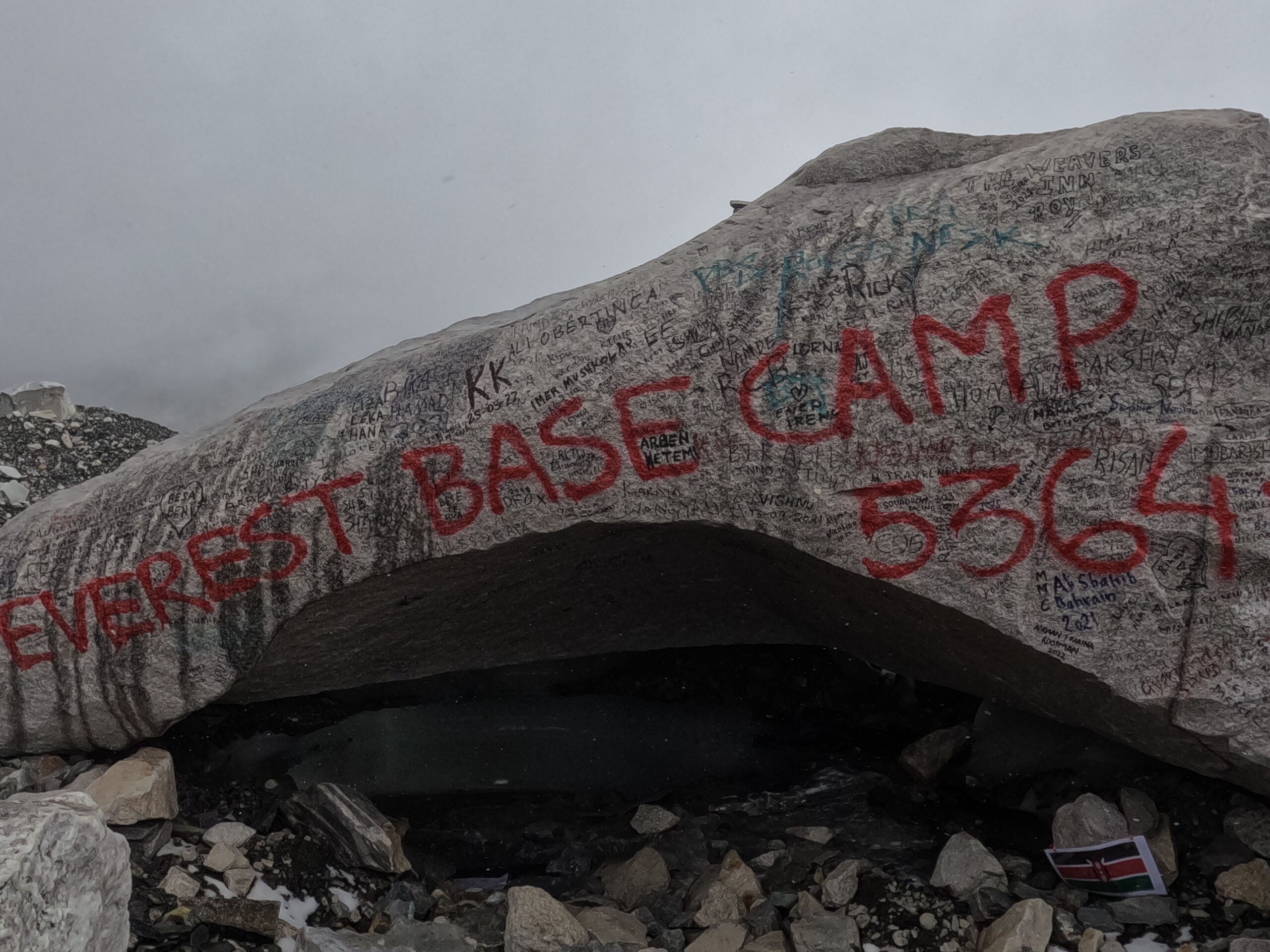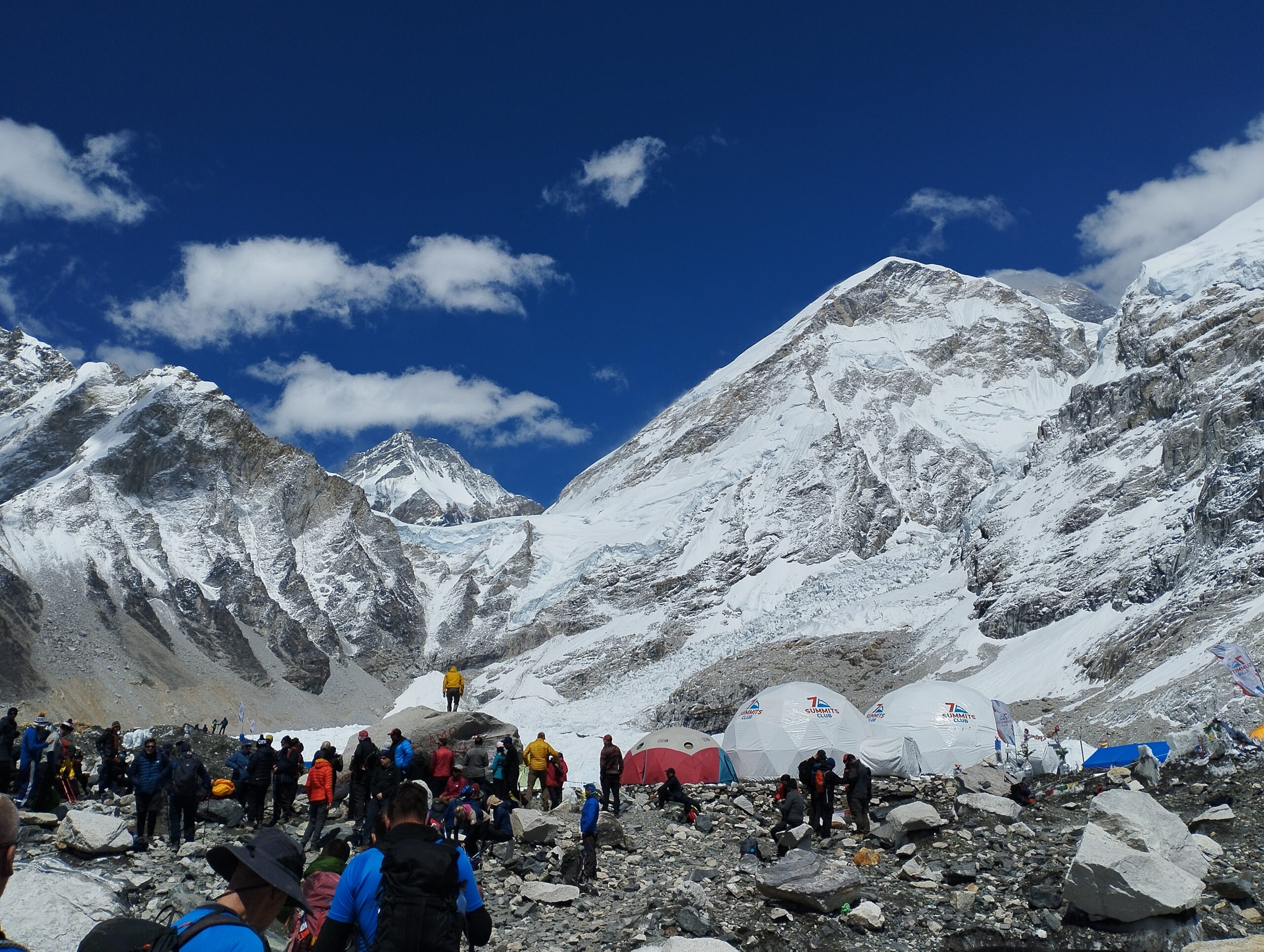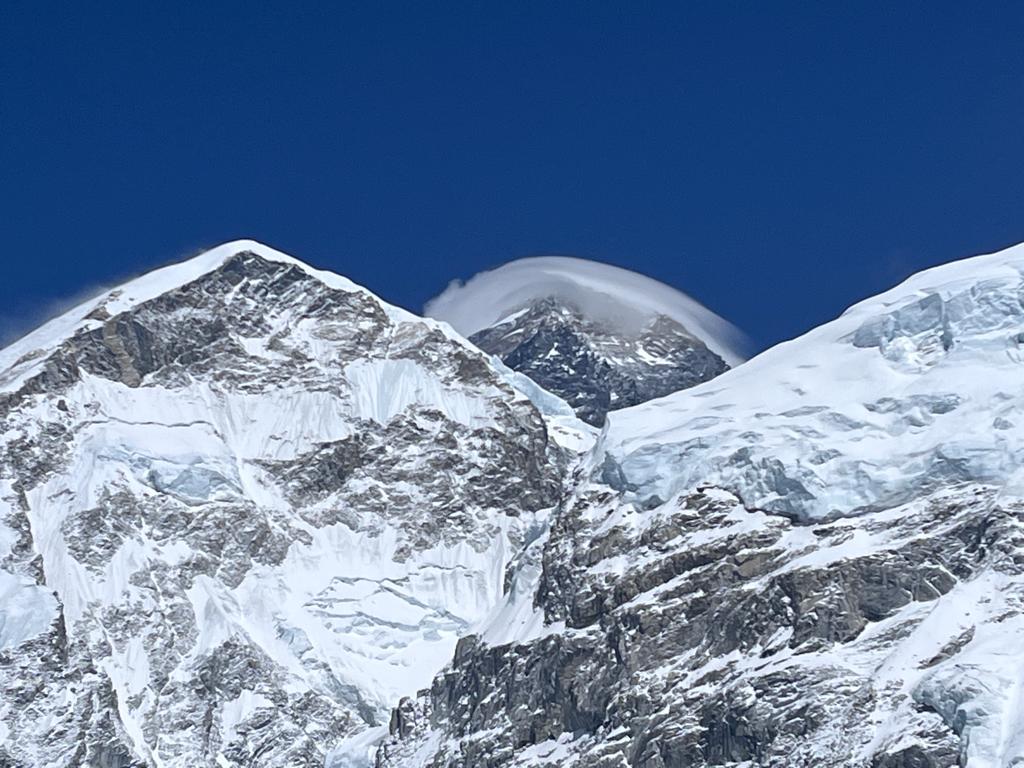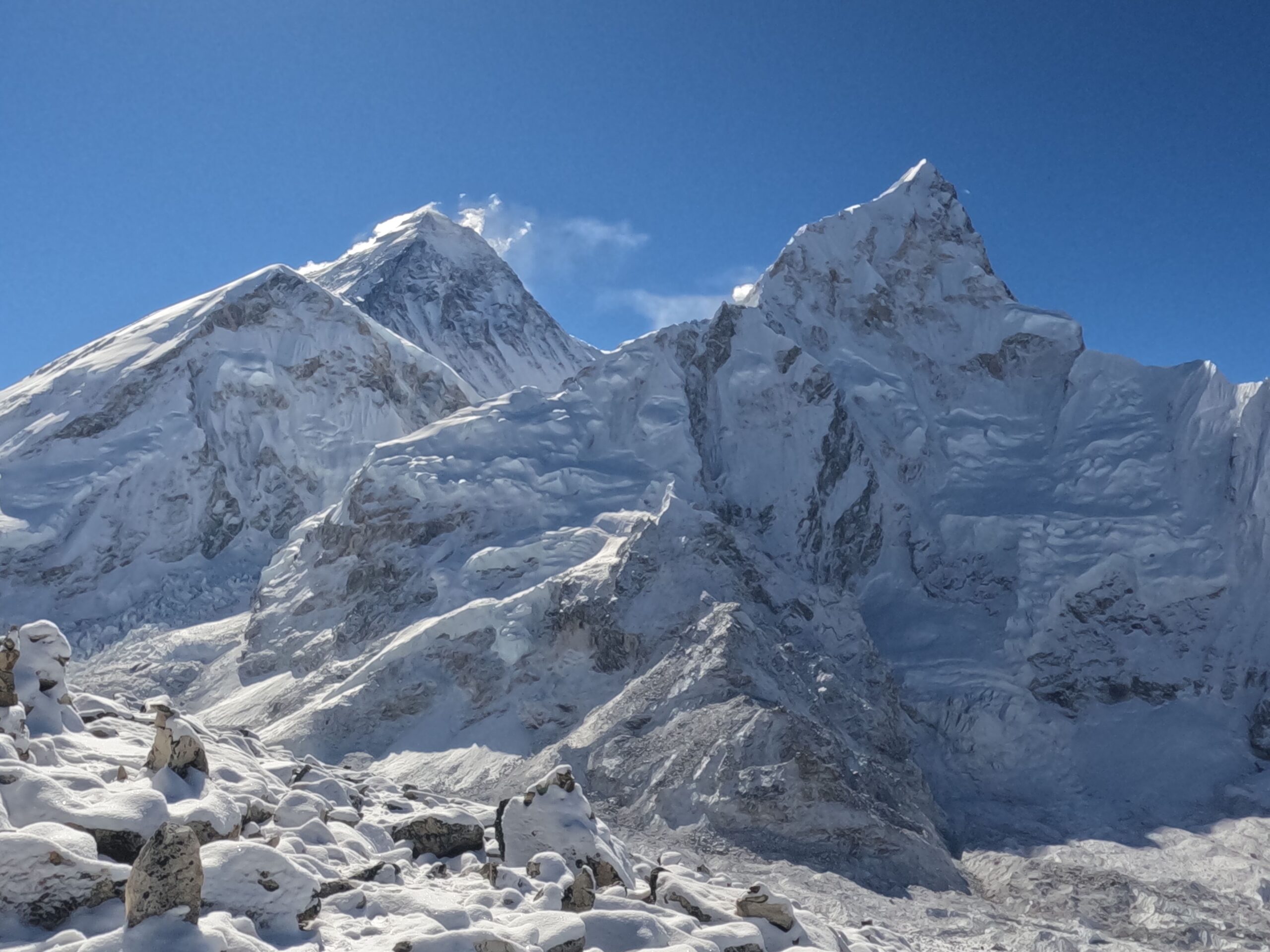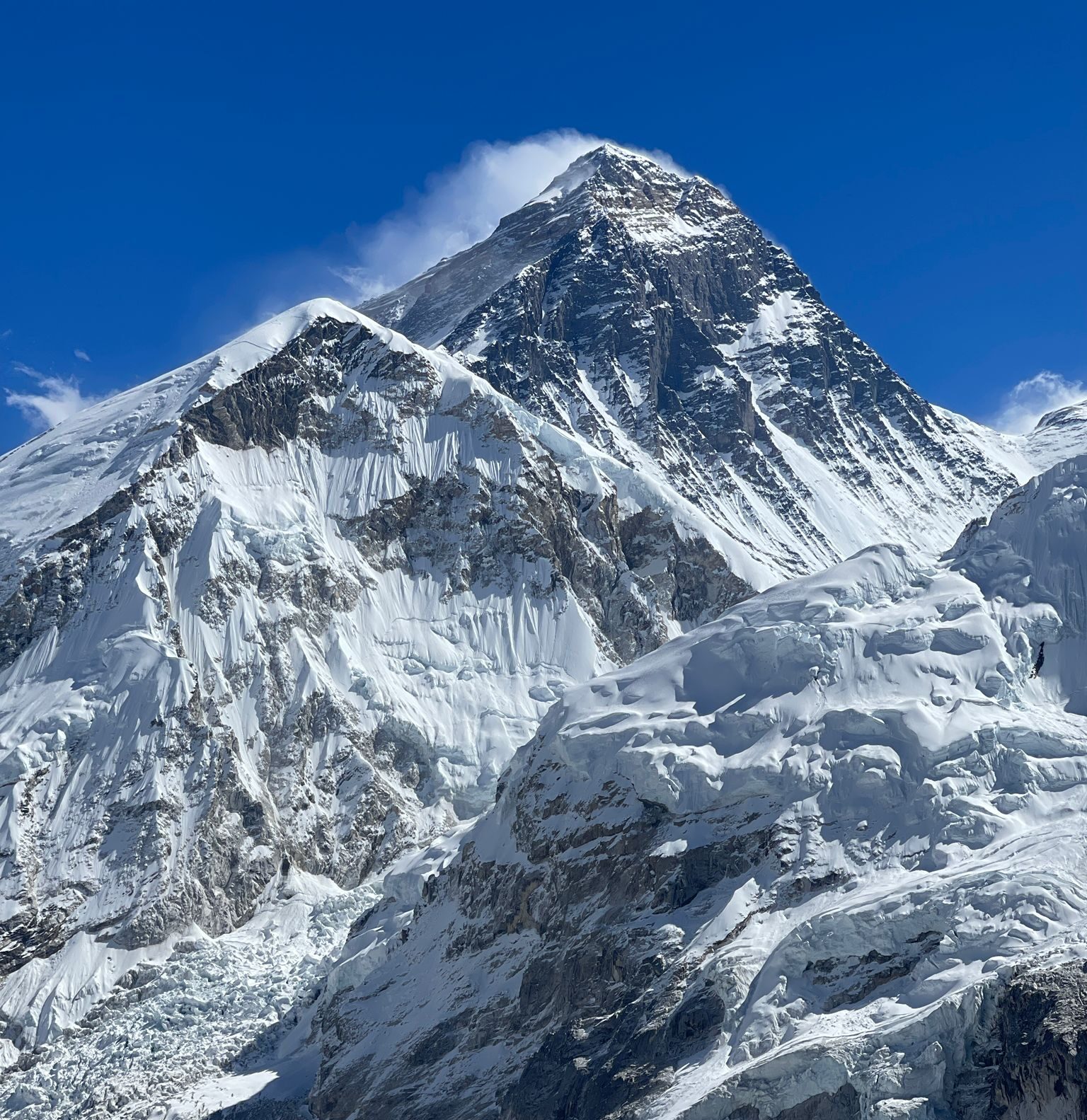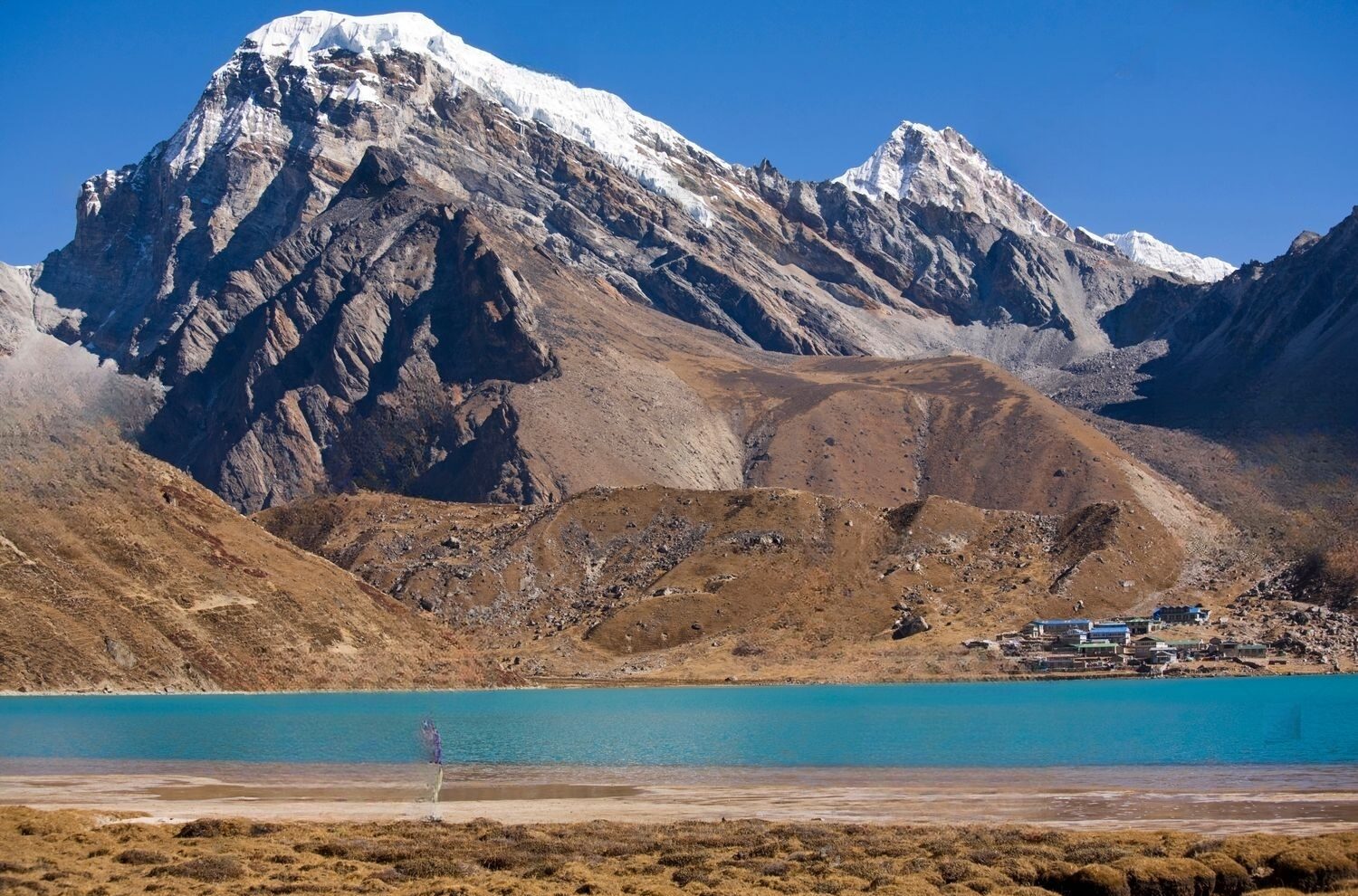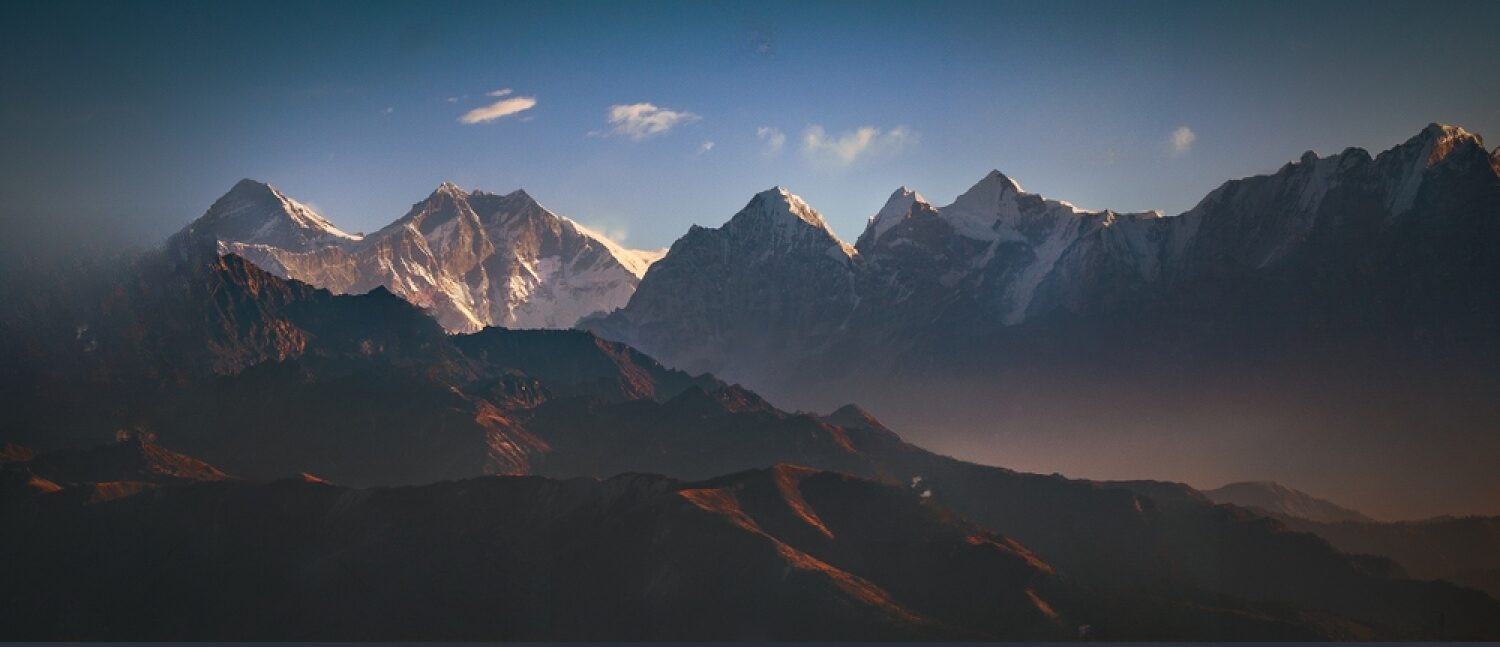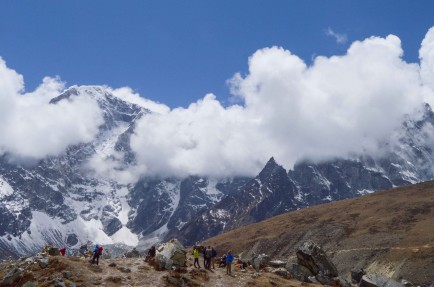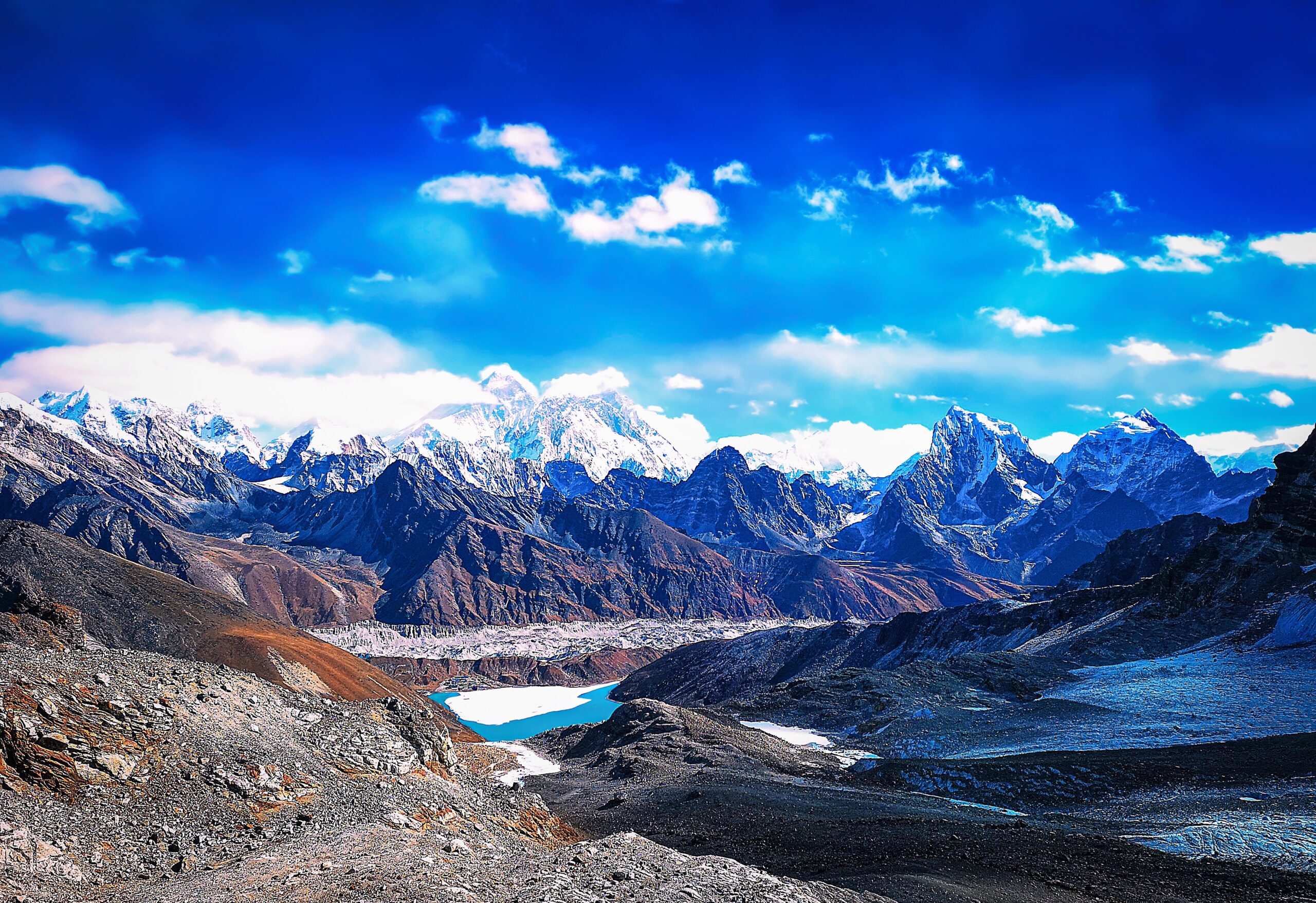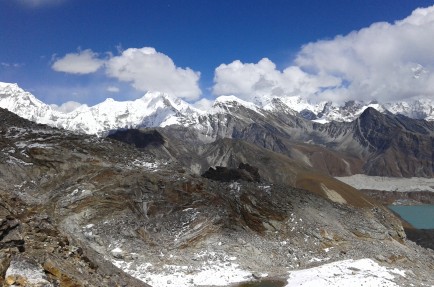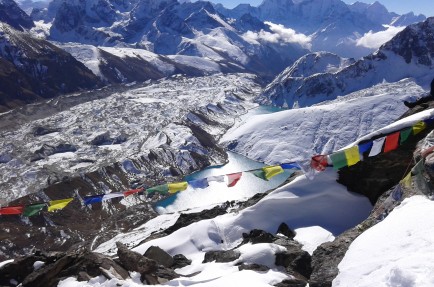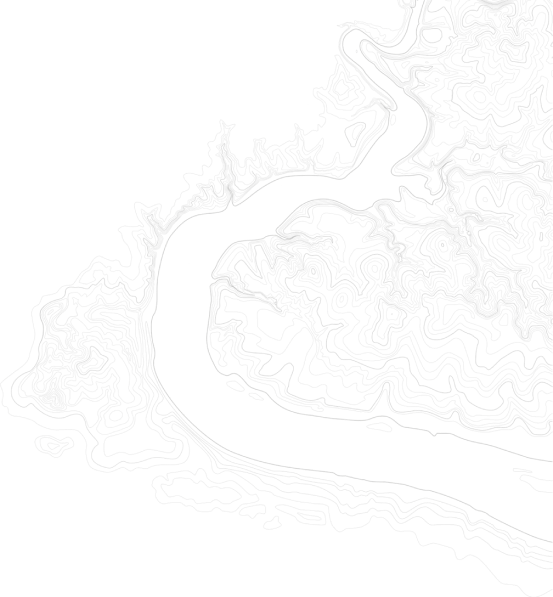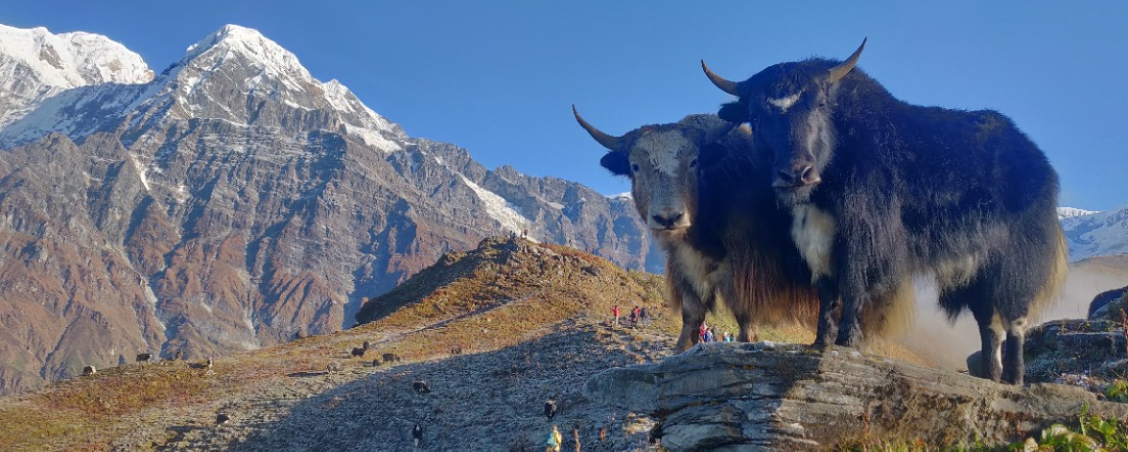Trekking in Everest has now become an attraction for adventure hiking, trekking, and climbing, as it offers a glimpse into the Himalayas and peaks. Mount Everest journey is a rare opportunity to experience the hospitality of the native Sherpa people. Everest (8848.86 m), the highest point on the globe, reveals itself to be one of the most admired destinations, with a trekking route that thrills every trekker.
Mt. Everest trekking trails lie in the country’s eastern part, the district of Solukhumbu, and the territory is protected by Sagarmatha National Park. Besides Everest, other 8,000-meter peaks that attract visitors are Lhotse, Cho Oyu, and Makalu. Glacial lakes, brilliant rhododendron woods, natural flora and fauna, attractive villages, and historic Buddhist temples are additional appeals to this region as a tourist destination.
The best times to trek in the Everest region are autumn-September to December-and spring-March to May. The weather is fine and dry during these seasons, with perfect walking conditions. In spring, the wild flowers are in full bloom, while the clear mountain vistas during autumn make this an ideal time since the air is perfectly clean. The wildlife viewed here is chiefly birds, including Nepal’s national bird, the Impeyan Pheasant danfe in Nepali a ubiquitous sight around Namche Bazaar.
Other notable birds are the middle hills’ ravens and crows, and the choughs, which ride the thermals up to improbable altitudes in the highlands. Watch for snow pigeon flocks wheeling around slopes. The wildlife here is notoriously shy, so be on the lookout for mountain goats- the most common being the Himalayan tahr- and, if you’re lucky, the rare musk deer or barking deer. An Everest Trek will be a truly different experience in an inspiring and beautiful place.




